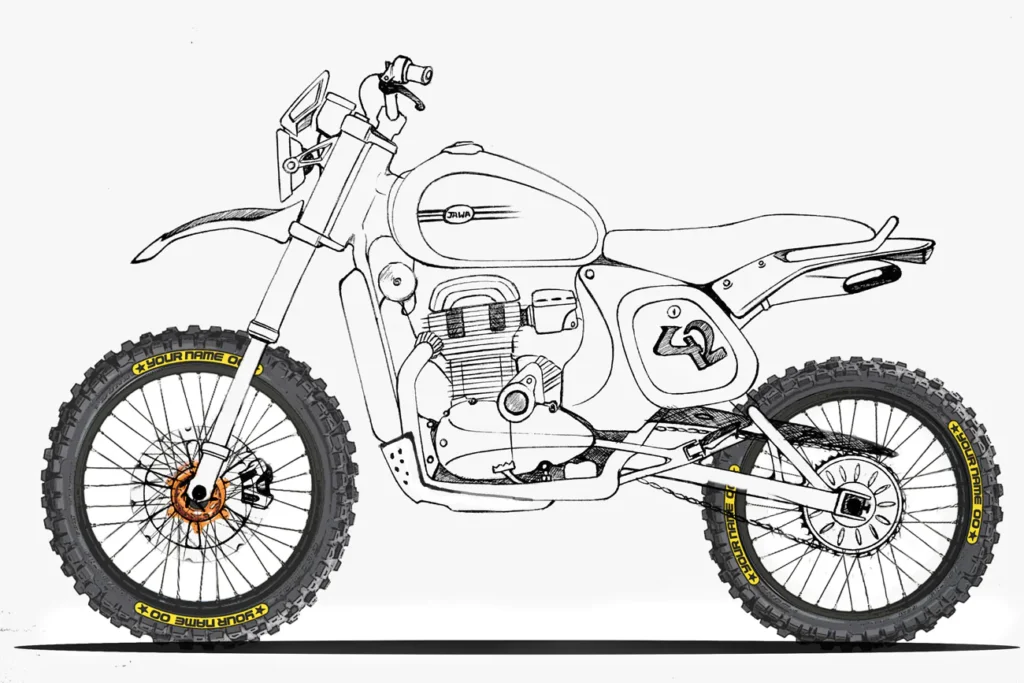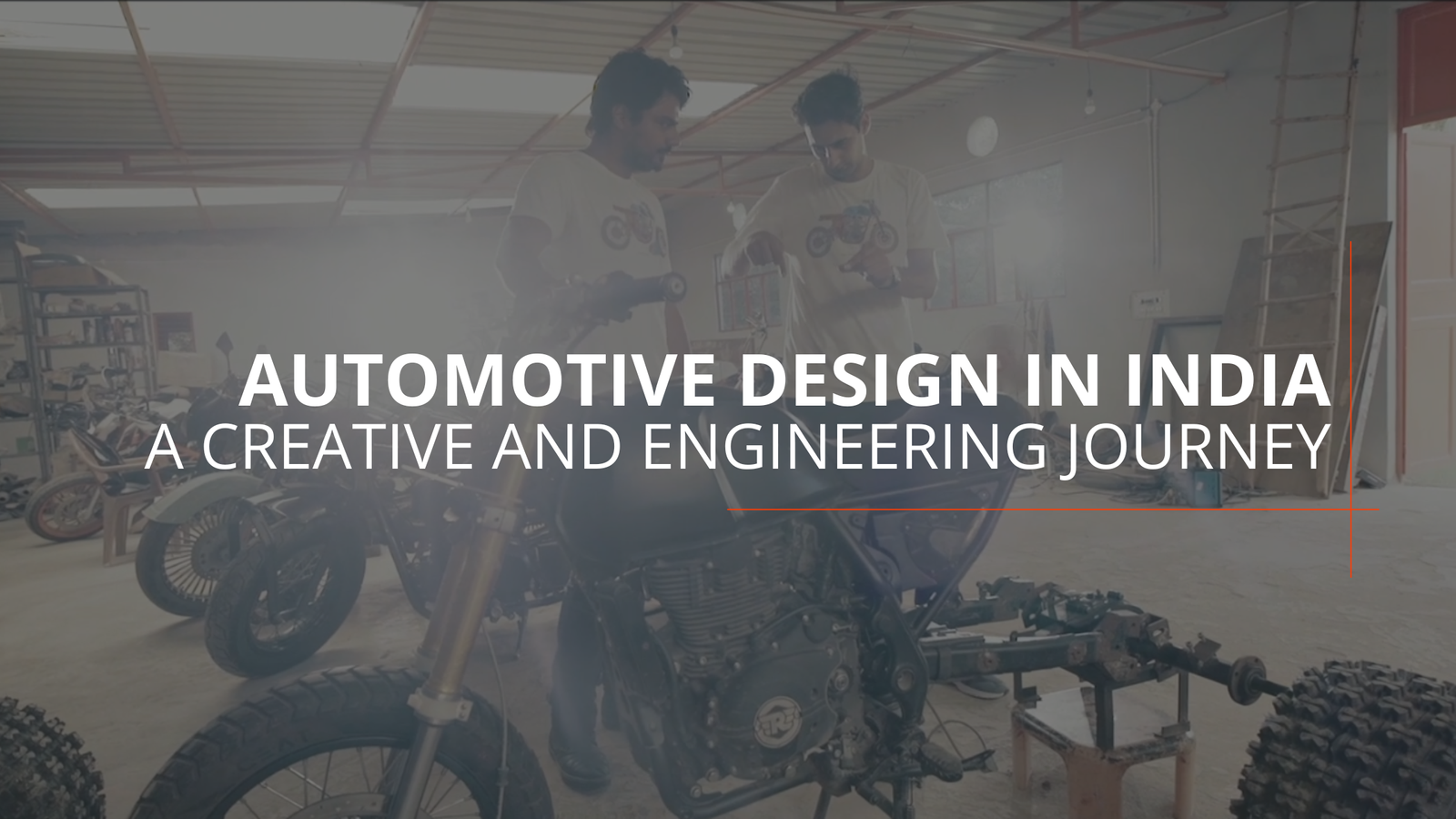Automotive design is a captivating blend of creativity, engineering, and technology, with India becoming a rising hub for innovative automobile designs in recent years. The process involves the conceptualization, development, and refinement of vehicles, merging aesthetics with functionality. In the Indian context, the automotive design process has evolved, incorporating local preferences, road conditions, and market dynamics while maintaining global standards.
The Stages of Automotive Design
The process of automotive design in India can be broadly divided into several stages:
Stage 1: Research and Concept Development
The first step in automotive design is understanding the market and the users. In India, this means studying local customer preferences, climate, terrain, and socio-economic factors. Indian customers often seek affordability, fuel efficiency, and durability. With this in mind, automotive designers conduct extensive research to identify trends, customer expectations, and upcoming innovations. This stage involves brainstorming ideas, sketching concepts, and selecting a design direction. The designers work closely with market analysts and engineers to create a vision that resonates with the Indian audience. For instance, designing for the Indian market means considering traffic conditions, road types, and fuel preferences. Small, compact vehicles with high ground clearance, spacious interiors, and fuel efficiency are key considerations.
Stage 2: Sketching and 3D Modeling:
Once a concept is formed, the design team begins the creative phase, starting with sketches. These can be rough outlines or detailed drawings of what the vehicle might look like. Designers in India often use digital sketching tools or even physical drawings to bring their ideas to life. The goal at this stage is to explore the vehicle’s form, proportions, and overall styling, keeping the cultural and geographical needs of the Indian market in mind. After the initial sketches are approved, they are transformed into 3D models using software like CATIA, Autodesk Alias, or Rhino. This allows designers to visualize the vehicle in three dimensions and refine the body shape, contours, and aerodynamics. The use of 3D modeling also helps in evaluating how the vehicle would behave in different environments and how it could be manufactured efficiently.

Stage 3: Clay Modeling and Prototyping
Clay modeling is an essential part of automotive design that gives designers a tactile way to refine the vehicle’s shape. While this practice is universal, Indian designers often need to account for local preferences, like the demand for high seating positions and robust body styles. Clay models provide a more realistic sense of scale and allow designers to fine-tune elements before moving forward. Following the clay model, prototypes are built to test the design’s functionality, ergonomics, and safety. Indian automakers often focus on creating vehicles that perform well under tough driving conditions, such as monsoon rains and poorly maintained roads. Prototyping also helps assess how the vehicle aligns with the country’s emission standards and safety regulations.

Stage 4: Engineering and Production
The final phase of the design process involves integrating the vehicle’s aesthetic aspects with its engineering requirements. Collaboration between the design and engineering teams ensures that the vehicle not only looks good but also functions as intended. Factors like material selection, weight optimization, and cost control are crucial in the Indian market. Once the design is finalized, production plans are drawn up. The manufacturing process is tailored to be efficient while maintaining high quality. Indian manufacturers also focus on cost-effective production methods to meet the country’s price-sensitive market.
The Future of Automotive Design in India
India is becoming a significant player in the global automotive design industry. With a growing focus on electric vehicles, sustainability, and smart technology, Indian designers are embracing innovative materials and advanced technology. The integration of AI, lightweight materials, and eco-friendly solutions are shaping the future of automotive design in the country.
As the automotive industry shifts towards cleaner mobility solutions, the Indian market’s unique conditions will continue to influence vehicle design, offering a blend of tradition and innovation.
